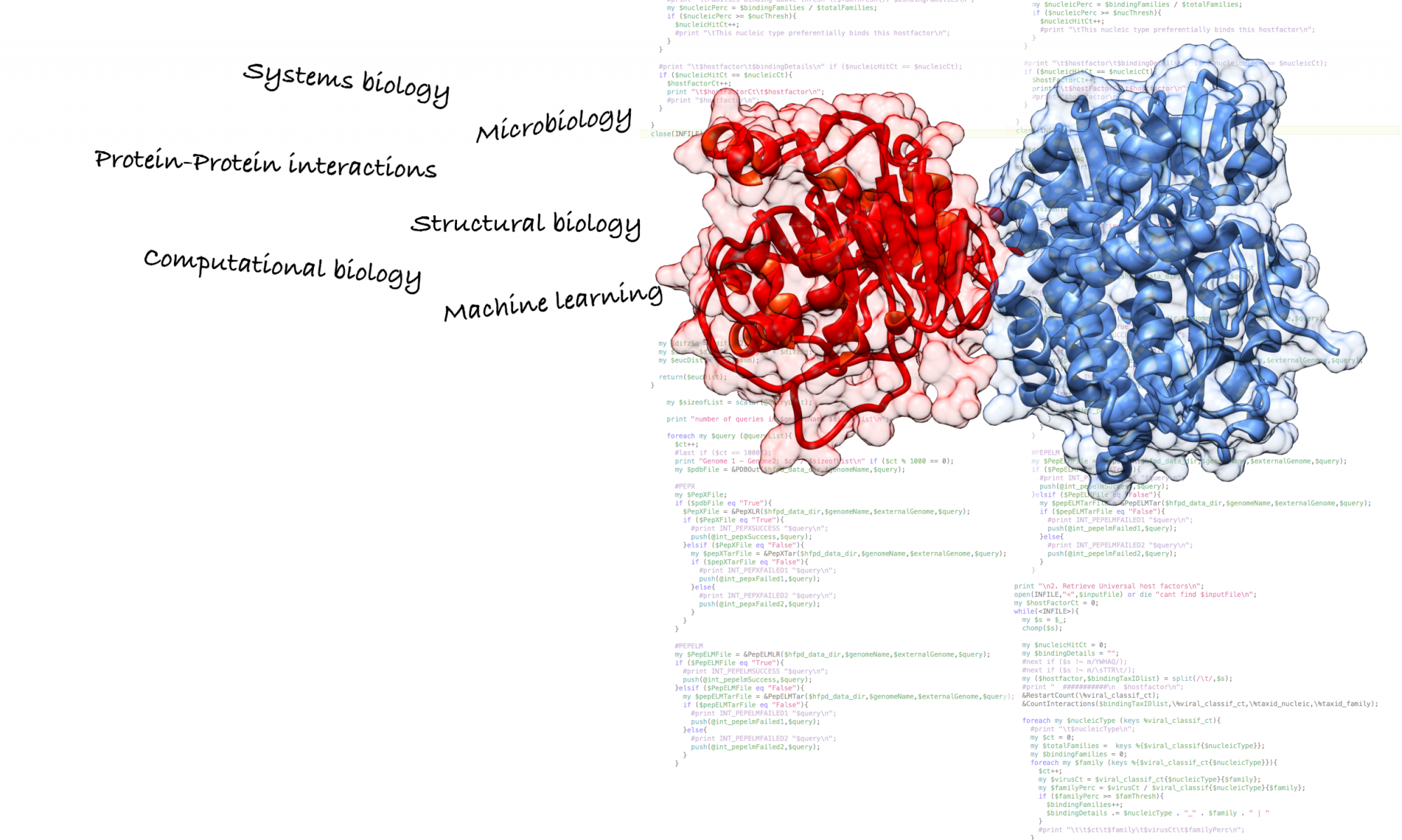This paper describes a method that corrects the beam induced motion (BIM) and stage drift that occurs during beam exposure in cryo-electron microscopy.
Exposure of a sample to the electron beam causes the ice-embedded particles to rotate by up to a few degrees and shift by up to a few nanometers during the image acquisition process {1}. BIM, together with the stage drift, leads to image blurring and degrading of the signal and consequently limits the maximum resolution achievable by an electron microscope.
The introduction of direct electron detectors has permitted the authors to record 16-frame movies of ice-embedded particles. Averaging of four-frame subsets and aligning images of individual particles against a reference reconstruction was carried out in order to track motion during exposure. The particle coordinates and Euler angles in each frame were derived based on those calculated for the four-frame averages. Motion compensation in each frame was found to reduce the required dataset by 10-fold and still reach similar resolutions to that obtained with conventional single-particle reconstruction.
